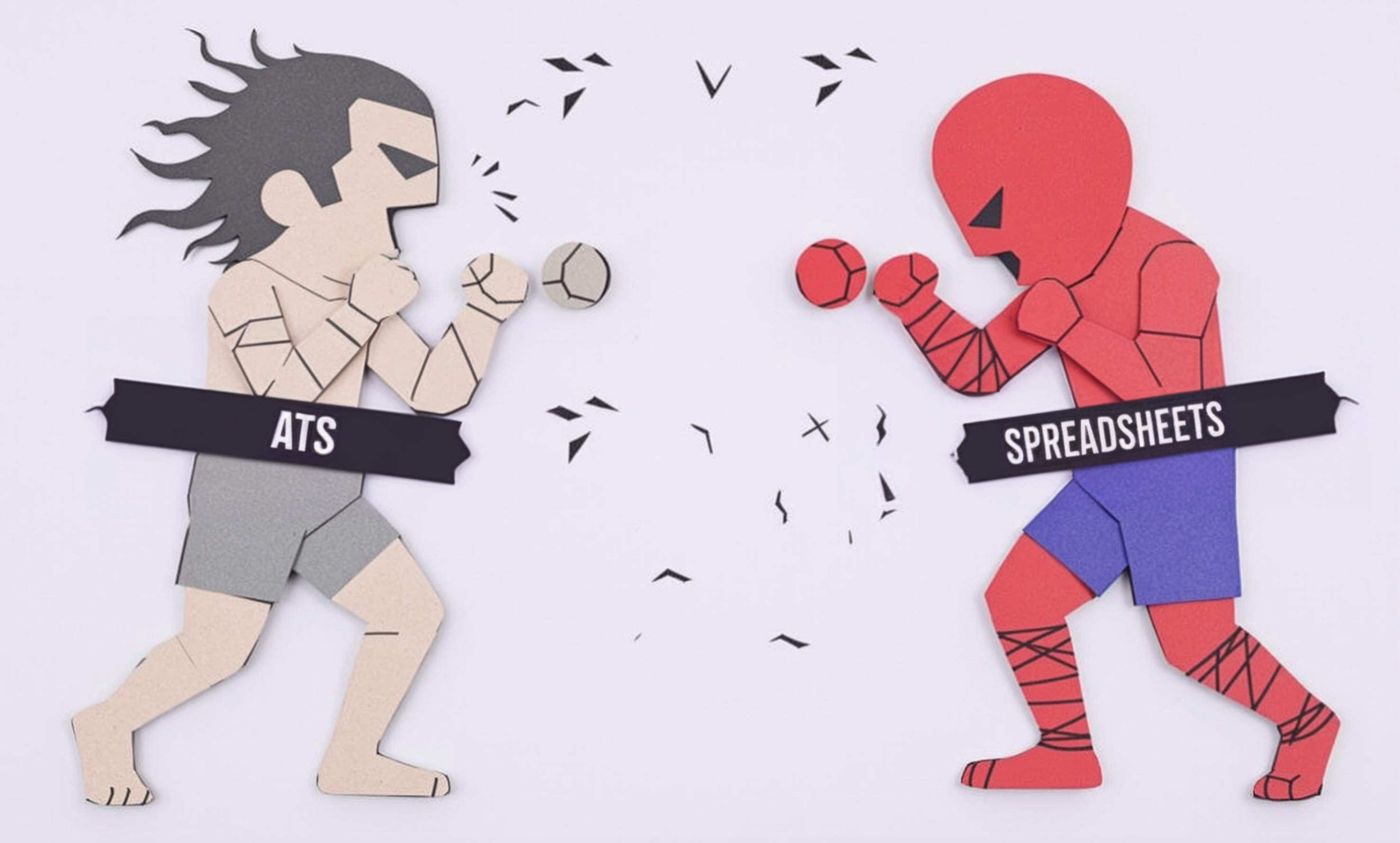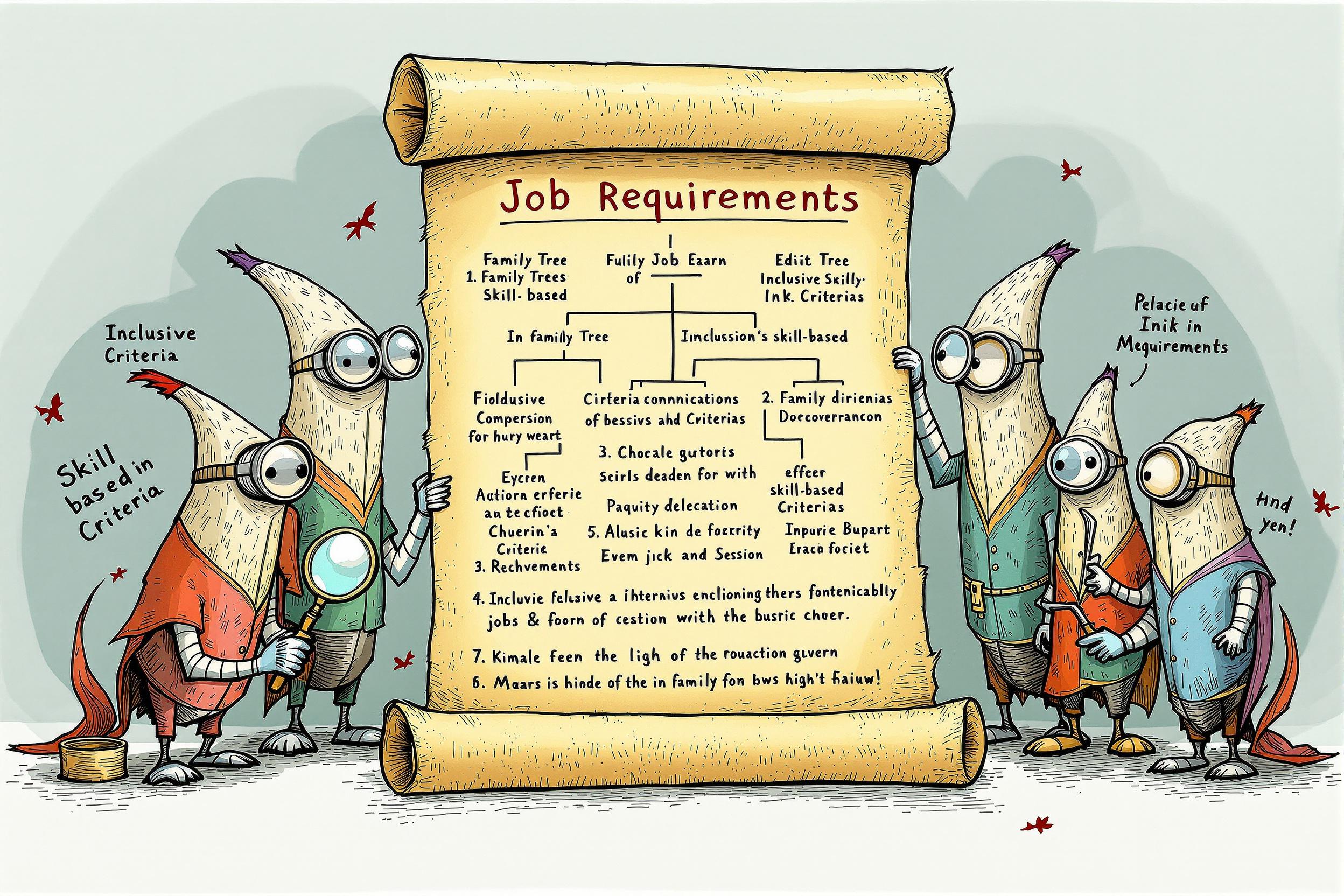
Spatter
Spatter is a common term in welding that refers to the small drops of molten metal that scatter during the welding process. Think of it like the way hot oil splatters when cooking - but with molten metal. While some spatter is normal, excessive spatter can indicate problems with welding technique or equipment settings. Good welders are often evaluated on their ability to minimize spatter because it affects the quality of work, safety, and cleanup time. When you see this term in resumes or job descriptions, it usually relates to a welder's skill in controlling or reducing spatter, which is an important quality measure in welding work.
Examples in Resumes
Reduced spatter by 80% through proper technique adjustment and equipment calibration
Trained junior welders in spatter control techniques and prevention methods
Implemented new anti-spatter solutions resulting in decreased cleanup time
Typical job title: "Welders"
Also try searching for:
Where to Find Welders
Professional Organizations
Online Communities
Job Resources
Example Interview Questions
Senior Level Questions
Q: How do you train others to control spatter in different welding situations?
Expected Answer: A senior welder should explain teaching methods for proper equipment settings, gun angle, travel speed, and workspace preparation. They should mention how they demonstrate these techniques and monitor trainee progress.
Q: What methods have you implemented to reduce spatter in production environments?
Expected Answer: They should discuss systematic approaches like equipment maintenance schedules, proper material preparation, and setting standardization across welding stations.
Mid Level Questions
Q: What causes excessive spatter and how do you prevent it?
Expected Answer: They should explain common causes like incorrect wire speed, voltage settings, or dirty materials, and describe their approach to adjusting these factors.
Q: How do you handle spatter cleanup efficiently?
Expected Answer: Should discuss preventive measures, proper tools and techniques for cleanup, and time management strategies.
Junior Level Questions
Q: What basic steps do you take to minimize spatter?
Expected Answer: Should mention basics like cleaning the material, checking equipment settings, and using anti-spatter spray when appropriate.
Q: Why is spatter control important in welding?
Expected Answer: Should explain how spatter affects weld quality, cleanup time, and material waste.
Experience Level Indicators
Junior (0-2 years)
- Basic spatter control techniques
- Understanding of common causes of spatter
- Basic cleanup procedures
- Use of anti-spatter products
Mid (2-5 years)
- Advanced spatter reduction methods
- Equipment adjustment expertise
- Efficient cleanup techniques
- Problem diagnosis skills
Senior (5+ years)
- Training others in spatter control
- Process optimization
- Quality control implementation
- Production efficiency improvement
Red Flags to Watch For
- No knowledge of basic spatter control methods
- Disregard for cleanup procedures
- Lack of understanding about equipment settings
- No experience with different welding positions and their effect on spatter
Related Terms
Need more hiring wisdom? Check these out...

Why Your Hiring Spreadsheets Are Secretly Sabotaging Your Recruitment

Beyond Spreadsheets: Why Executive Dashboards in ATS Systems Are Your Secret Hiring Weapon

Refining Job Descriptions to Expand Applicant Pools: Casting a Wider Talent Net

